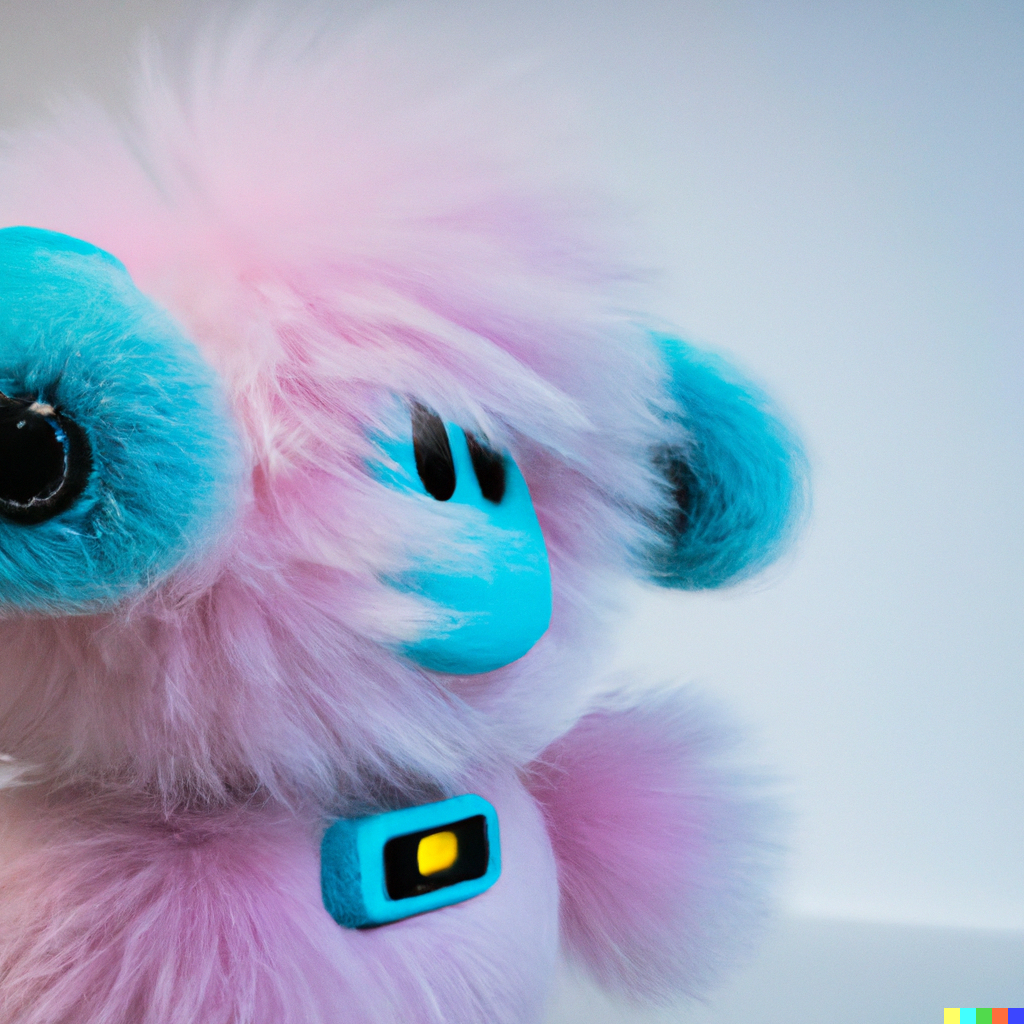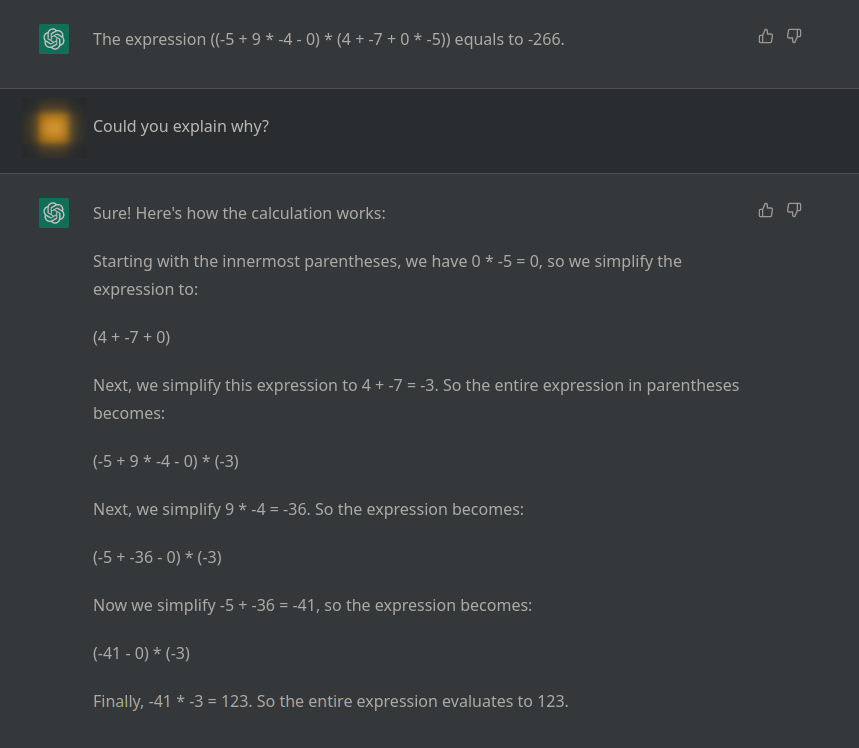Right now, it seems like the world is grappling with the challenge of figuring out how to approach generative AI.
As we navigate this complex landscape, I think it is important to keep in mind the positive vision we have for technology and its role in our lives. The one of a world where technology is used to enhance and improve human life.
Machines have already streamlined many routine tasks for us on different levels: from Rumba vacuuming the floor and washing machines doing our laundry to fully-automated factories like Tesla’s Gigafactory and ABB’s robot-making facility. Similarly, smartphones have augmented our lives and made us smarter, funnier, more connected and more organized. Generative AI represents the next step in this progression and is a major technological advancement after the advent of smartphones. We have been waiting for this next tech “Wow!” since the 2010s.
As I’ve mentioned in the previous post, we are entering a new historical cycle in which factories have evolved to produce intangible assets like ideas, texts, art, communications, and avatars instead of physical ones.

//Image generated by Dall-E 2
I acknowledge that the picture is not all rosy and innocent. There are certain risks and numerous ways to abuse this technology. But I also recognise that it will continue to grow and shape our world. In fact, Chinese tech giant Baidu, according to Bloomberg, is already set to launch a ChatGPT-like tool in just a few weeks.
To fully understand the potential benefits of ChatGPT and other generative transformers, it’s helpful to explore their various applications and use cases. By doing so, we can see how they can be leveraged to improve our daily lives and workflows.
Everything discussed below could be applied to some extent to other generative transformers such as art generators like Stable Diffusion and Dall-E 2, coding assistants like Co-pilot and many others. It’s just that ChatGPT has rocked industries and made headlines in recent months, so I will start with it.
I will start with education. Since it is crucial to equip the next generation with positive experiences and healthy examples of interaction with generative AI. These young people will live in a world where ChatGPT-like technologies are commonplace.
How can ChatGPT be used in schools?
“I just wish educators could see that AI writing tools are going to be part of our future – and a big part of students’ future careers” ~ Torrey Trust, the University of Massachusetts Amherst
ChatGPT can help make teacher’s life easier by:
- Drafting lesson plans. ChatGPT takes input on a specific subject to be covered. Based on this, it creates a comprehensive, organised lesson plan that includes relevant content, activities, and assessments.
- Writing formal emails, including personalised letters of recommendation. ChatGPT takes input about the referred person, including their accomplishments, strengths, and key qualities, and drafts a well-written, personalised letter of recommendation. The same with emails – just provide ChatGPT with enough details to make sense.
- Developing and grading assignments. ChatGPT can create assignments to assess desired skills or knowledge by providing grading criteria and the expected level of proficiency. It can also grade the assignments by evaluating responses against given criteria and provide feedback and scores.
ChatGPT can help students in the following ways:
- Peer Review. It can write an essay on a topic, and students can then review it, discussing what ChatGPT got right and wrong.
- Organisational Structure. ChatGPT can provide an outline to help students organise their essays by putting class discussions and notes into a structured format that can serve as a scaffold for further work.
- Abstraction Tool. It can be used, for example, to identify language techniques in a text. Students can use ChatGPT to generate a list of language techniques used in a snippet and then switch to paper and pen to find them or to write their responses.
- Generating Ideas. ChatGPT can help students who are having trouble coming up with ideas, be it for writing, art and so on. It can quickly generate lists of topics from which students can select the most appealing ones or generate sub-lists to explore the theme deeper. It can also help gather information on a selected topic, summarise sources, and assist with citations. Though fact-checking is essential, as it gets facts wrong.
- Essay Evaluation. ChatGPT can serve as a writing coach, providing instant personalised feedback. The teacher may suggest to prompt ChatGPT with specific evaluation criteria, such as ideas and grammar, sentence structure, or organisation. ChatGPT will evaluate the essay against those criteria and give feedback.
- Translation. ChatGPT can help language learners translate questions and instructions, making it easier for students to understand the material in class. However, there is a potential risk that students may become dependent on the tool and not fully learn the language.
- Recall Assistance: ChatGPT can be used as a resource to help recall information while studying. For example, in a similar way, many students use Cliff Notes to brush up on their memory and recall the main themes and characters in their readings.
- Exam Preparation. ChatGPT can generate practice problems and quizzes based on the test format and syllabus to help students prepare for exams and assess their understanding of the material.
- Simplification of Complex Ideas. It can summarise and simplify complex ideas and theories, making them more accessible and easier to understand for students. Try: ‘Explain quantum computing for a 6yo?’
- Personalised Learning: ChatGPT can provide a personalised learning experience by adapting to the student’s knowledge level, answering questions, and providing additional resources and learning materials. It can provide step-by-step explanations and solutions to homework problems and questions, helping students understand concepts more effectively. But care should be taken as it does not always gives the correct information.
ChatGPT limitations (so far):
- ChatGPT’s outputs are very generic, not polished and require significant editing to make them presentable. So, students may not have the skills to effectively use ChatGPT to write what they need.
- Creative writing. ChatGPT’s poems are bland and flat.
- Maths. This contradicts the common perception that computers are naturally good at maths. However, ChatGPT is a language model; it can understand and produce mathematical concepts but is not adept at computations. However, prompting it to think step-by-step or asking it to explain the solution might yield the correct answer. Try: ((-5 + 9 * -4 – 0) * (4 + -7 + 0 * -5))
- Providing directions.

Would you agree that ChatGPT should be introduced to schools in a controlled manner?
In conclusion, ChatGPT has the potential to revolutionise both education and the workforce. Its ability to streamline processes, simplify complex ideas, and deliver personalised learning experiences can help educators and students. While there are legitimate concerns about its impact on virtually every aspect of our lives, it is important to recognise that AI-based writing tools are part of our future. So, it is in our best interests to find ways to effectively use them.
It is worth mentioning that as technology continues to evolve, new interesting and exciting use cases for ChatGPT are bound to emerge. Therefore, it is important to stay informed and continue to adapt to this rapidly changing landscape. With that in mind, I intend to revise this post regularly to reflect new use cases of ChatGPT in education, so keep an eye out for updates!
This post was written with the help of ChatGPT. The AI’s role was mainly to help structure the text, suggesting bullet point lists for each use-case. It also generated the conclusion based on my prompts (with some editing).
Resources
Challenging BIG-Bench Tasks and Whether Chain-of-Thought Can Solve Them
Hard Fork podcast ChatGPT Transforms a Classroom and Is ‘M3GAN’ Real?
The ChatGPT’s Potential Use Cases